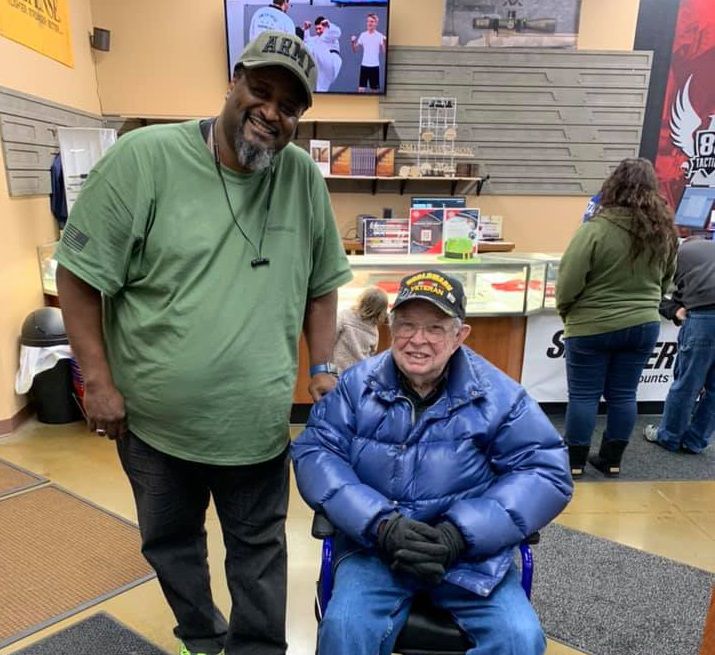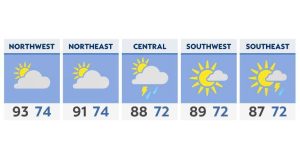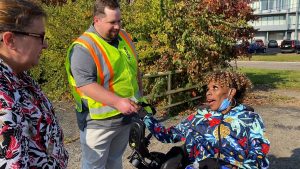CINCINNATI — A greater Cincinnati organization launched a new program to help military members readying to leave the U.S. Armed Services prepare for a return to civilian life in Ohio and Kentucky.
What You Need To Know
- Easterseals Redwood’s ETS Sponsorship Program aims to help military members prepare for civilian life before leaving service
- Many service members struggle with personal and emotional hardships after leaving active duty
- The program is now available in Ohio, Kentucky and 12 other states
- Trained mentors provide assist the news vets with finding housing, jobs, medical care and even enrolling in college
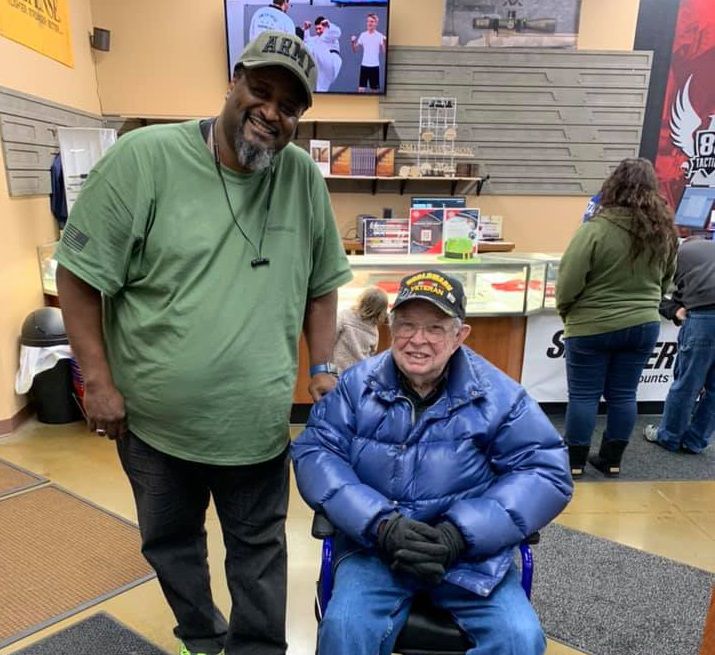
Easterseals Redwood offers a number of services for military members and veterans in Cincinnati and Northern Kentucky. The organization’s newest program is statewide in both Ohio and Kentucky. (Photo courtesy of Easterseals Redwood)
The initiative is a partnership between Cincinnati-based Easterseals Redwood and the Expiration Term of Service (ETS) Sponsorship Program, created with the U.S. Department of Veterans Affairs (VA).
The Sponsorship Program connects soon-to-be veterans from all six branches of the military to resources such as job opportunities, chances for continuing education, health care and family services. Specially trained sponsors, or mentors work with vets and walk through all aspects of day-to-day life outside the military.
The VA reported approximately 200,000 service members make that transition every year. In 2021, there were more than 2,000 service members that transitioned back to Ohio and Kentucky from the Army.
“This program is about building relationships between the mentor, the service member, their family and the community,” said Sherry Ems, director of Military and Veteran Services for ESRW.
Ems has been in the role for about five months, overseeing all programs and services for supporting military and veteran services.
While this program is new, ESRW has a long-established commitment to helping veterans. The agency reported serving about 320 veterans every year, but Ems expects those numbers to grow in the future.
Helping military members find success in civilian life
Historically, ESRW work focused on two areas: Job placement and emergency services, ranging from rent and utility issues to trouble with their car, Ems said.
This program changes things by working with individuals before they officially reach veteran status.
Typically, when someone is leaving the military, they go through the Transition Assistance Program (TAP), Ems said. It’s a cooperative interagency effort between the Department of Labor, the VA and the departments of Defense, Education and Homeland Security, the Small Business Administration and the Office of Personnel Management.
Ems described TAP as a “weekend-long workshop” focused on career training and job location. She feels a lot of veterans are left feeling “lost,” not sure where they can go for whatever support they may need.
“The moment you join the military, you’re given a mission. You’re told what to do, when to do it, where to do it. You also have that sense of camaraderie. But once they’re discharged, they don’t have any formalized support to help with that ongoing transition,” she said.
Professionally, Ems has a lengthy history of working with servicemen and servicewomen. She previously worked for the United Service Organizations Inc., more commonly known as the USO.
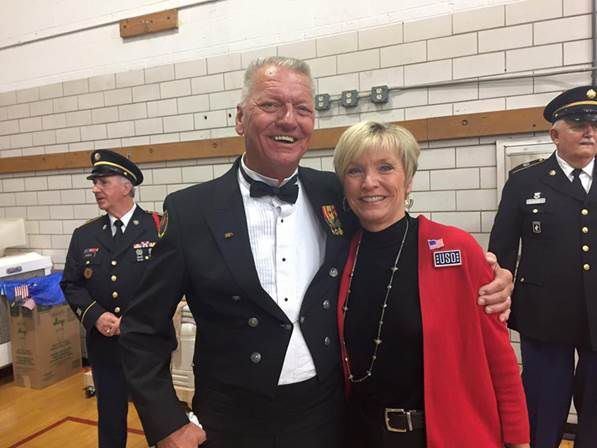
Sherry Ems (R) poses with her brother, Jerry Rowland, who served in the Navy during the Vietnam War. Ems’ husband, stepson, three other brothers and father also served in the military. (Photo courtesy of Sherry Ems)
Personally, her connection runs even deeper. Someone in every generation of her family has served in the U.S. military dating back to the Civil War, she said.
“We’re trying to change (the) approach to returning to civilian life,” she said.
Participants can enroll in the Sponsorship Program as early as 12 months before they leave active military service. The goal is to give them time to plan for transition and develop a strong personal relationship with their mentor, a volunteer well versed in local knowledge about housing, employment and community services.
There are six service members planning to return to Ohio who are at some stage in the onboarding process right now, Ems said.
Once assigned, they’ll meet with their mentor on a monthly basis at first, but then, as they get closer to their transition date, they’ll meet them on a more regular basis and stay in touch to make sure they have everything they need.
ESRW is the first agency to adopt the Sponsorship Program in Ohio, and they’re expanding to Kentucky later this winter. They’re the 13th and 14th states to adopt it so far.
The Sponsorship Program expects to attract 22,000 new enrollees nationwide within the next 18 months.
Improving, and possibly saving, lives
While service members remain with the program up to 12 months after leaving the military, the program’s real focus is on the months leading up to that departure.
That time can lead to stresses of perceived family concerns, financial uncertainty, medical and psychological issues and just returning to civilian life, said Jennifer Wells, the ESRW’s mentor coordinator for the Sponsorship Program.
“You’re kind of like a fish out of water,” said Wells, who served in the Army from 2005 to 2014.
Wells, an Indiana native, suffered a self-described “freak accident” about 10 months into a deployment when she fell 42 feet from a guard tower. She suffered a traumatic brain injury and broke her back.
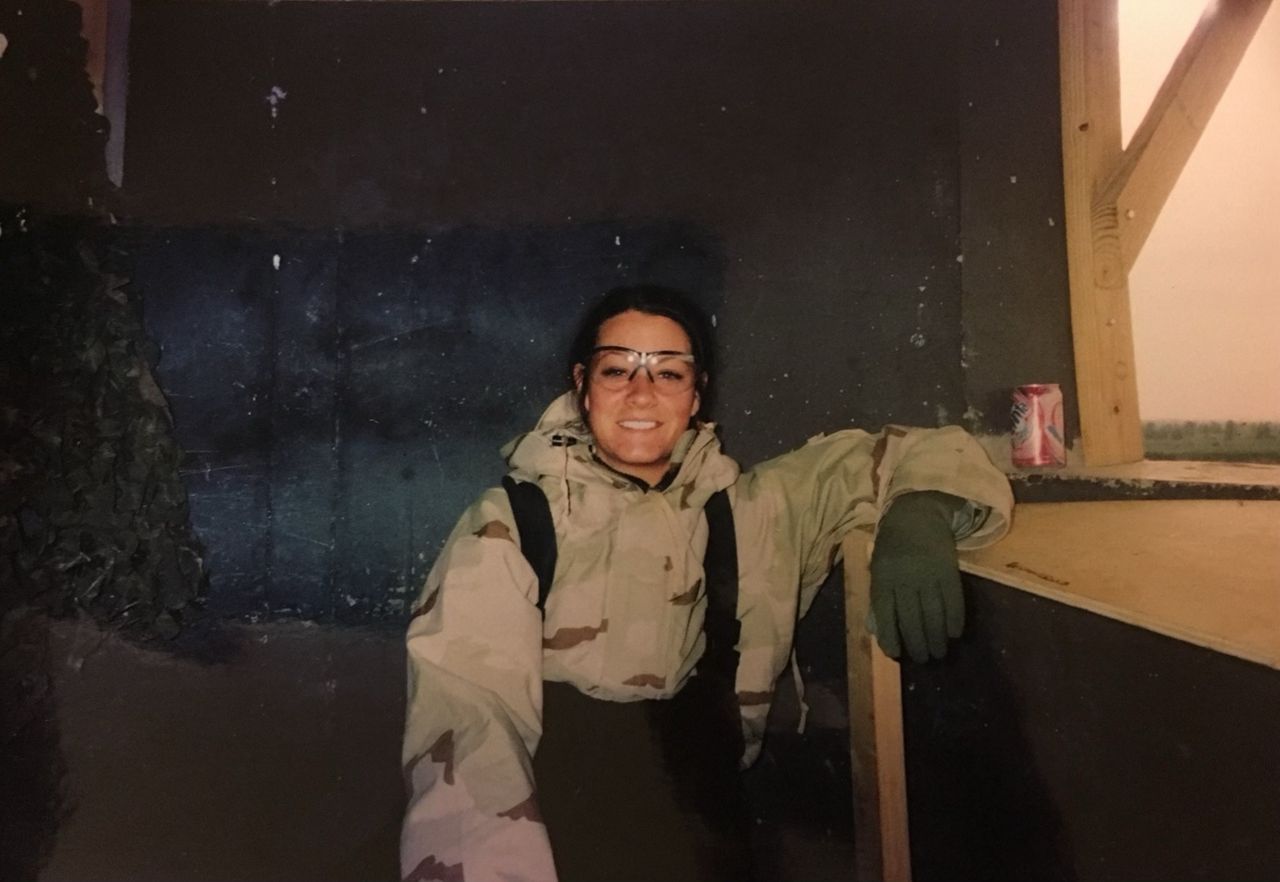
Jennifer Wells received a medical discharge from the Army in 2014 after suffering an injury while on duty. She expected it to happen, but the uncertainty around the timing made it difficulty for planning, she said. (Photo courtesy of Jennifer Wells)
After a half-year hospital stay at Womack Army Medical Center in North Carolina, she returned to Cincinnati and was assigned to a local unit working a desk job while she was on a medical hold while the Army evaluated her fitness for duty.
Leaving the military wasn’t a decision Wells got to make. The Army medically retired her after a two-year-long process.
While Wells knew the decision was coming eventually, she had no insight into the timing, which made it difficult for her to prepare for life after the Army.
“It’s kind of like someone getting picked up and dropped randomly in the middle of Dallas, Texas, with a couple rucksacks of gear and saying, ‘OK, you’re on your own. Find a place to live. Find your kids child care. Go get a job,’” Wells said. “It’s not that easy to just pick up and start over. This can take a huge toll.”
Wells called the return to civilian life a “life-changing event” for the veterans and their loved ones. She recalled families she’s seen breaking up over difficulties with re-adapting. She’s known others who’ve turned to drugs and alcohol because they had difficulty adapting.
The period is sometimes referred to as the “deadly gap,” according to ETS.
That’s because new veterans commit suicide at rates two-times higher than civilians in the same age group, according to data from the VA. And even after that period, numbers remain much higher than for the rest of the population.
In 2020, there were 6,146 veteran suicides, an average of 16.8 per day, according to a Sept. 2020 report from the VA. The data, which the VA adjusted for population age and sex differences, showed the suicide rate for veterans in 2020 was 57.3% greater than for non-veteran U.S. adults.
Wells hopes the Sponsorship Program and services like it show active military members, veterans and their families that support is available to assist them in their transition.
“I hope they know they’re not alone and that it’s OK to ask for and accept help,” she added.
Show support for the troops even after their service
Ems views the Sponsorship Program as being its pilot phase. She said the goal for 2023 is to serve up to 50 service members, but stressed the plan is to “grow considerably” in the years that follow.
The program has 21 mentors in Ohio so far. They’ve each gone through, or will go through, certification training, Ems said. They’re beginning recruitment for Kentucky mentors.
She hopes to have 100 or mentors “waiting in the wings.”
“After serving our country, these veterans deserve our support in ensuring they find success once they return to civilian life,” Ems said.
Service members and potential mentors interested in the Service Program in either Ohio, or Kentucky can get more information by emailing vetsinfo@eastersealsredwood.org, or by calling 513-409-1002.

